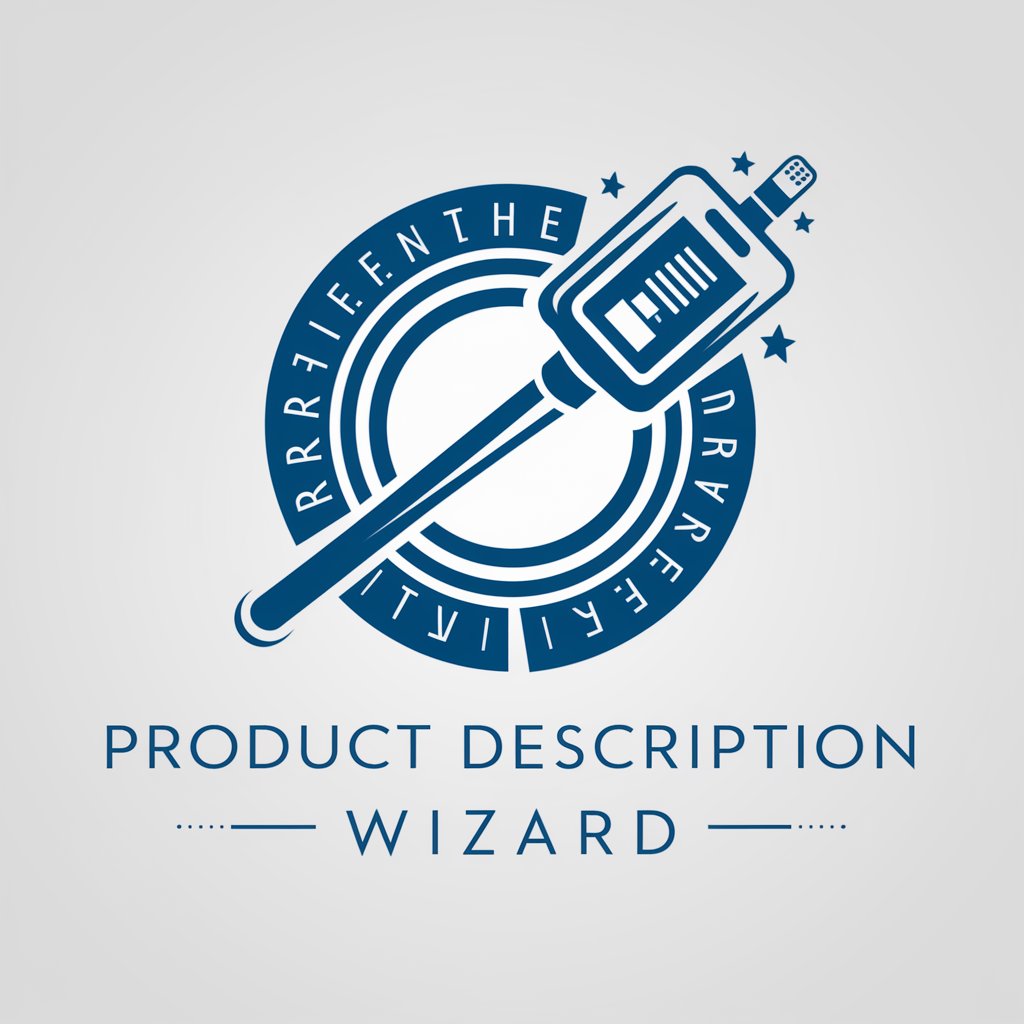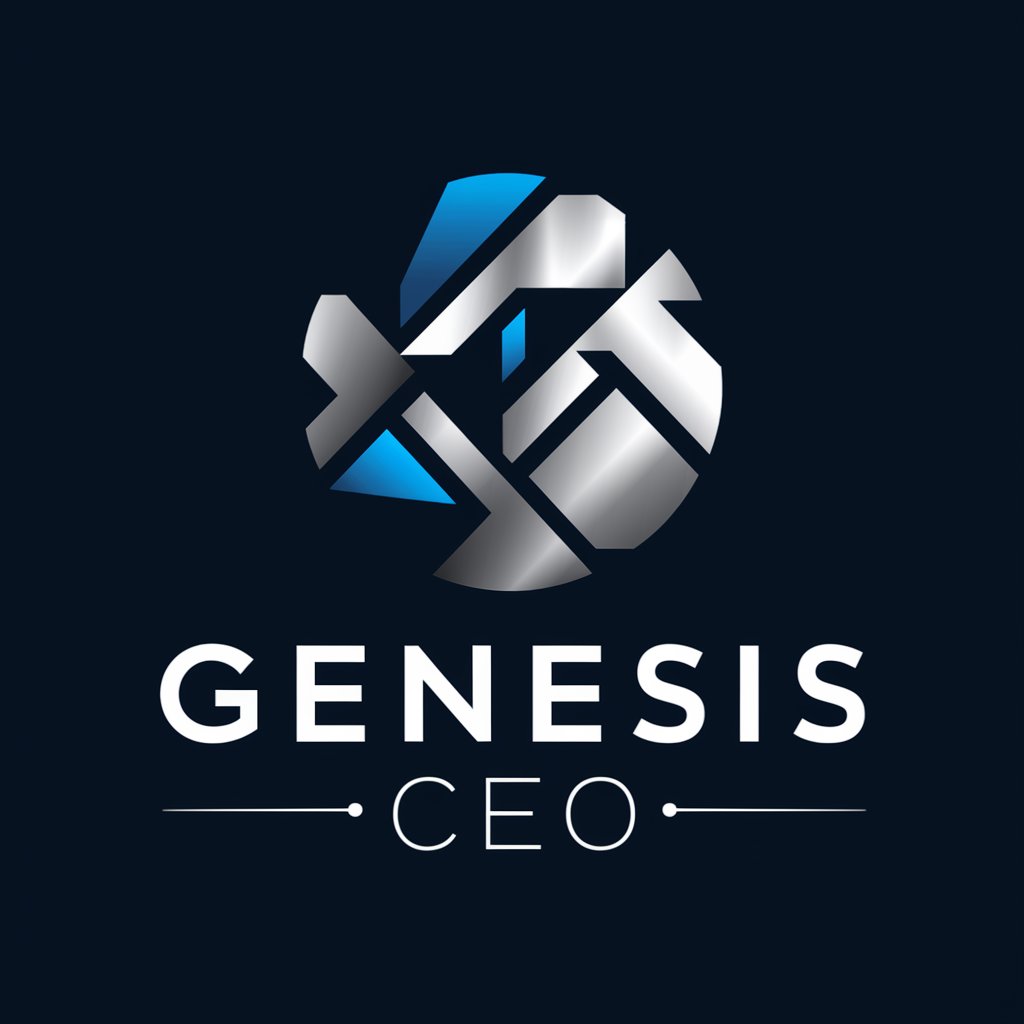
Petroleum Engineering - AI-powered petroleum engineering insights

A professional petroleum engineer AI, optimizing hydrocarbon production.
AI-powered insights for petroleum engineering solutions
How can AI optimize drilling operations?
Predict reservoir performance for me.
Ways to enhance safety in extraction.
Discuss the sustainability of fossil fuel.
Get Embed Code
Introduction to Petroleum Engineering
Petroleum engineering is a specialized branch of engineering focused on the exploration, extraction, and production of hydrocarbons such as crude oil and natural gas. It integrates knowledge from geology, physics, chemistry, and mechanical engineering to optimize the entire lifecycle of hydrocarbon reservoirs, from discovery to depletion. The discipline is vital in meeting global energy needs, which rely heavily on fossil fuels despite the increasing shift towards renewable energy sources. Petroleum engineers work on designing efficient methods for extracting oil and gas from below the Earth's surface, which requires deep understanding of subsurface geology, drilling techniques, and fluid mechanics. They are also involved in planning new wells, managing existing wells, and maximizing recovery in aging fields. For example, when drilling in offshore environments, petroleum engineers need to address both technical and environmental challenges, including high-pressure conditions and minimizing ecological impacts. The primary design purpose of petroleum engineering is to ensure the safe, economical, and sustainable extraction of hydrocarbons. Engineers also focus on maximizing the efficiency of extraction processes to ensure profitability, while minimizing risks such as blowouts, drilling failures, or environmental hazards. For instance, in the case of the Deepwater Horizon spill, petroleum engineers would work post-incident to enhance safety protocols and improve well integrity designs to avoid future disasters. Powered by ChatGPT-4o。

Main Functions of Petroleum Engineering
Reservoir Engineering
Example
Optimizing oil recovery in a mature reservoir through Enhanced Oil Recovery (EOR) techniques.
Scenario
In a declining oil field, reservoir engineers analyze production data to assess the remaining hydrocarbons and recommend water flooding or gas injection (like CO₂ injection) to boost recovery rates. By simulating reservoir performance with reservoir modeling software, engineers predict how different techniques will impact future production, ensuring the highest economic recovery possible.
Drilling Engineering
Example
Designing a drilling program for an offshore oil well.
Scenario
A drilling engineer is tasked with planning and executing a deepwater drilling operation. They need to select appropriate drilling fluids, casing designs, and well trajectories to account for the high pressures and temperatures found at depth, while ensuring that the well is drilled safely and cost-effectively. For example, in the Gulf of Mexico, a drilling engineer would use advanced directional drilling technologies to hit precise targets while avoiding seabed obstructions.
Production Engineering
Example
Optimizing the artificial lift system for a well with declining pressure.
Scenario
As a well matures, natural pressure declines, leading to reduced production rates. A production engineer might recommend installing a gas lift system or a downhole pump to help bring the oil to the surface more efficiently. For instance, in a shale gas field, where natural pressure drops quickly, engineers might install a progressive cavity pump (PCP) to enhance recovery by reducing backpressure on the reservoir.
Well Completion Design
Example
Designing a well completion for a high-pressure, high-temperature (HPHT) well.
Scenario
In regions like the North Sea, engineers face challenging subsurface conditions such as HPHT environments. A well completion engineer would design the casing, tubing, and completion hardware that can withstand such extreme conditions, ensuring the well can safely produce hydrocarbons. This might involve the use of advanced materials, such as chromium steel alloys, and complex well architectures like multi-lateral completions.
Petroleum Economics and Risk Analysis
Example
Conducting a cost-benefit analysis for the development of a new oil field.
Scenario
Before committing to the development of a newly discovered field, petroleum engineers work alongside economists to model the potential profitability of the project. They analyze factors such as oil prices, operational costs, and potential risks (e.g., political instability, environmental regulations) to determine the economic feasibility. For example, in a marginal North Sea oil field, where operational costs are high, engineers would carefully evaluate if the projected recovery justifies the investment.
Ideal Users of Petroleum Engineering Services
Oil and Gas Operating Companies
These companies, ranging from multinational giants like ExxonMobil and Shell to smaller independent operators, are the primary beneficiaries of petroleum engineering services. They require expertise in drilling, production, and reservoir management to maximize hydrocarbon recovery from their assets. Engineering services are critical for developing new fields, managing mature fields, and ensuring operational safety and efficiency.
Energy Consultancy Firms
Consulting firms that offer specialized advice to oil and gas companies rely heavily on petroleum engineering services to provide technical solutions and strategic guidance. These firms are involved in everything from optimizing production processes to advising on asset acquisitions or mergers. For instance, an energy consultancy may analyze the potential of a gas field using reservoir engineering insights to advise investors on the field’s long-term viability.
Government and Regulatory Agencies
Governments and regulatory bodies use petroleum engineering services to ensure that oil and gas extraction meets safety, environmental, and economic standards. They work closely with petroleum engineers to set policies on drilling practices, emission control, and field abandonment. For example, in regions like Norway, regulatory agencies require extensive analysis and planning from operators before permitting deepwater drilling operations.
Equipment and Service Providers
Companies that manufacture and provide services related to drilling equipment, well completion tools, and production systems depend on petroleum engineering expertise to tailor their products to specific operational needs. They work with petroleum engineers to ensure that their technologies can meet the demands of high-pressure wells, corrosive environments, or unconventional reservoirs. Schlumberger, for example, collaborates with engineers to provide fit-for-purpose technologies for fracking operations in shale plays.
Academic and Research Institutions
Research organizations and universities often work with petroleum engineers to advance the science and technology of hydrocarbon extraction. These institutions are involved in cutting-edge research such as improving reservoir simulation techniques or developing new methods for carbon capture and storage (CCS). For example, universities might collaborate with industry partners to improve the efficiency of Enhanced Oil Recovery (EOR) methods.

How to Use Petroleum Engineering Tool
1
Visit yeschat.ai for a free trial without login. No need for ChatGPT Plus.
2
Identify the specific petroleum engineering task you need assistance with, such as reservoir modeling, drilling optimization, or well performance analysis.
3
Input relevant data or queries regarding your project. The tool is optimized for solving challenges in oil and gas extraction, production, and optimization.
4
Leverage the tool’s AI capabilities to receive detailed analysis and recommendations tailored to your petroleum engineering needs, whether it’s technical computations or theoretical insights.
5
Review results and apply insights to enhance decision-making in field operations, well management, or strategic planning.
Try other advanced and practical GPTs
Traduttore
Translate instantly with AI power

Product Description Wizard
Empower your product with AI-driven descriptions

Pick up!
Unleash AI-powered content mastery

Create.prompt
AI-powered customization at your fingertips

Instructional Design Partner
AI-driven Learning Design Solutions

All Your Tech Art Bot
Unleash Creativity with AI-Powered Art

HOME+
AI-powered home design assistant

+HOMEWORK+
Your AI-powered homework helper

Biblický Průvodce CASD
Guiding Your Spiritual Journey with AI

Genesis CEO
Automate with AI-powered precision

FILMORA
AI-powered video editing simplified.

Grammar Guide
Perfect Your English with AI

Petroleum Engineering Q&A
What tasks can this tool help with in petroleum engineering?
The tool assists with various tasks such as reservoir simulation, well drilling optimization, production forecasting, and pressure management, providing AI-driven insights for improved hydrocarbon recovery and operational efficiency.
How can I use this tool to optimize drilling operations?
You can input data related to wellbore trajectory, formation pressure, and drilling parameters. The tool will analyze these inputs to suggest improvements in drilling efficiency, mitigate risks, and reduce non-productive time.
Does the tool support reservoir performance analysis?
Yes, the tool can model reservoir behavior using input data on rock properties, fluid characteristics, and production history, providing insights into potential recovery strategies and future performance predictions.
Can this tool be used for safety analysis in oil extraction?
Yes, the tool helps analyze safety risks in extraction by evaluating pressure control, equipment reliability, and emergency preparedness, thus enhancing safety protocols during operations.
What kind of data inputs does this tool require?
Common data inputs include reservoir parameters (e.g., porosity, permeability), production rates, well design specifications, and formation pressures. These inputs allow the tool to generate tailored engineering solutions.